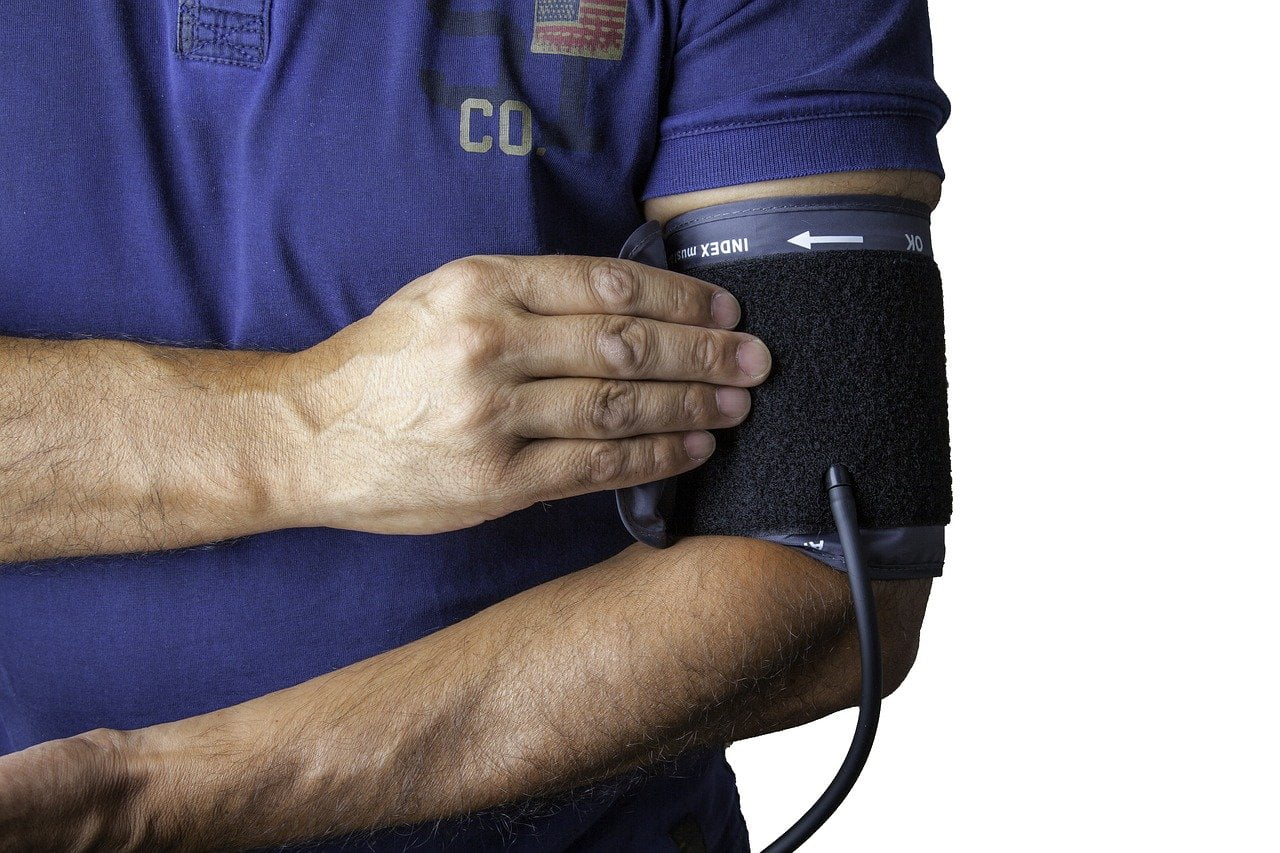Stuart Long discusses the growing adaptation of consumer-grade heart monitor tech to detect AFib, and why these FDA-Approved devices fall short in providing a fully accurate picture of heart health.
Q2 2021 hedge fund letters, conferences and more
What Is AFib?
Atrial fibrillation (AFib) is a common heart rhythm disorder resulting from irregular electrical activity within the heart muscle.(1) This chronic health condition causes the upper two chambers of the heart, the atria, to beat irregularly, which interrupts normal blood flow throughout the heart and body. It’s estimated that about 12.1 million Americans will receive an AFib diagnosis by the year 2030.(2)
Many cardiologists monitor patients with AFib using electrocardiogram (ECG) data since this technology immediately detects changes to the electrical activity in the heart leading to unusual heart rhythms.
According to the Pew Research Center, one-in-five Americans used a smart watch or fitness tracker at the beginning of 2020.(3) These wearable technologies provide vital-sign data, and many now offer electrocardiogram (ECG) functionality to better monitor heart health.
But consumer-grade products aren’t a substitute for devices specifically built for diagnostic cardiac monitoring, like standard 3-lead 2 channel ECGs. Specifically built technology provides continuous monitoring of many cardiac conditions. It uses collected data to verify events and correlate symptoms to abnormal heart rhythms. This gives clinicians more information to make an accurate and timely diagnosis.
Continuous monitoring is achieved with FDA-approved medical devices dedicated to remote patient monitoring (RPM). These devices are intended for use in the prevention, diagnosis, or treatment of diseases like AFib.(4)
Different Types Of FDA-Approved Remote Health Monitors
Many of these consumer-grade smart watches have received FDA approval as remote health monitors. But not all FDA approved devices are created equal. The FDA currently has 3 categories or classes of devices(5):
- Level 1 is approval for screening, not for diagnosis; smart watches are an example.
- Level 2 is approved for diagnosis, but they cannot be relied upon for emergency care.
- Level 3 is approved for hospital devices that are always sending real-time data being continually monitored live by a medical professional who can take immediate life-saving action should the monitor alert there’s a health emergency.
“The difference between a smart watch and a diagnostic RPM is that the medical device is prescribed by a doctor and a qualified clinician is at the other end, who can detect when there’s a problem. The doctor can call the patient and advise him or her to as to next steps in their care. It’s important to use the right tool for the right job, especially when it comes to cardiac care.” – Stuart Long, CEO of InfoBionic, provider of mobile cardiac monitoring systems
RPM Devices Offer Specific Benefits For Providers, Patients
As more healthcare practitioners turn to RPM devices to keep tabs on health consumers, a growing number of benefits are already being realized. These include:(6)
- Ability to collect various types of data using one device
- Better management of chronic health conditions
- Ease of access to patient data
- Increased efficiency in practice
- Lower cost.
Consumers, who are becoming more comfortable with RPM technology, also benefit from:(5)
- Better clinical outcomes
- Continuous monitoring of potentially dangerous health conditions
- Empowerment to take better care of their health
- Immediate transfer of clinical data to their provider
- Lower risk of hospitalization and complications
- Lower healthcare costs
- Not having to enter their own data into any computer or system.
It’s not to say that smart watches and fitness trackers have no place in healthcare. These devices should be used in addition to dedicated RPM devices. Remote monitors, smart watches, and trackers can now be used together to present a more complete picture of a person’s health.
About InfoBionic
InfoBionic is a digital health company transforming the efficiency and economics of ambulatory remote patient monitoring processes by optimizing clinical and real-world utility for the users that need it most – physicians and their patients. The Massachusetts-based team of seasoned entrepreneurs have had successful careers in healthcare, IT, medical devices and mobile technology, and bring specific expertise in remote monitoring and cardiology. They have seen first-hand the complexities of traditional cardiac arrhythmia detection and monitoring processes and designed the transformative MoMe® Kardia platform to remove the roadblocks hindering faster, more effective diagnosis and decision-making. Frost & Sullivan bestowed the 2019 North American Remote Cardiac Monitoring Technology Leadership Award upon InfoBionic.






